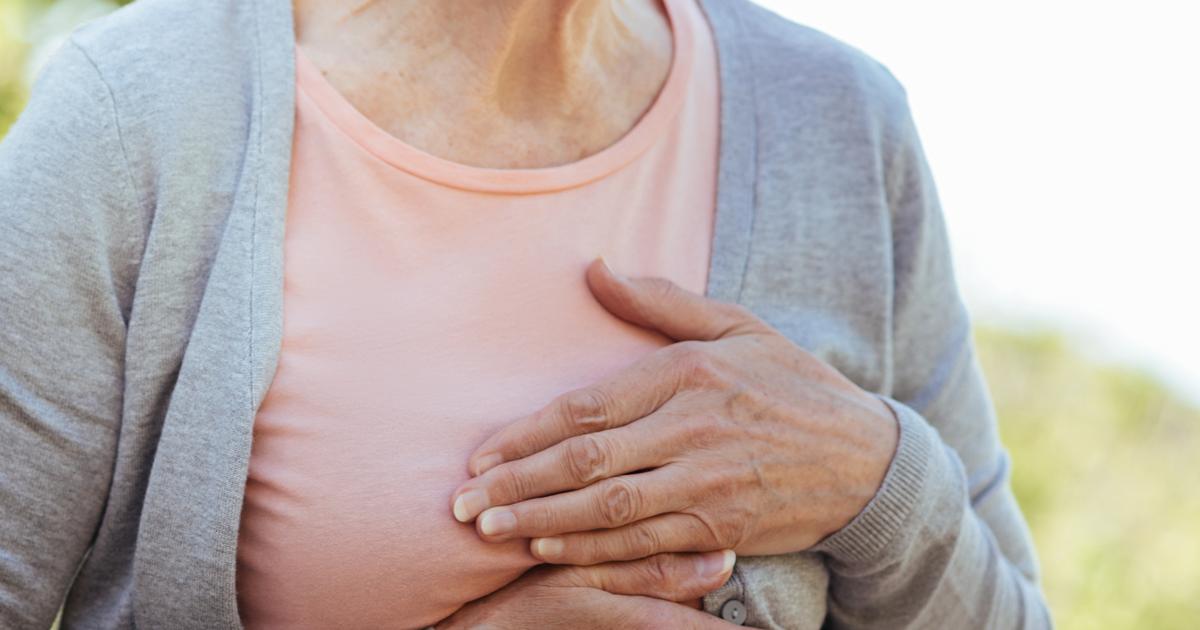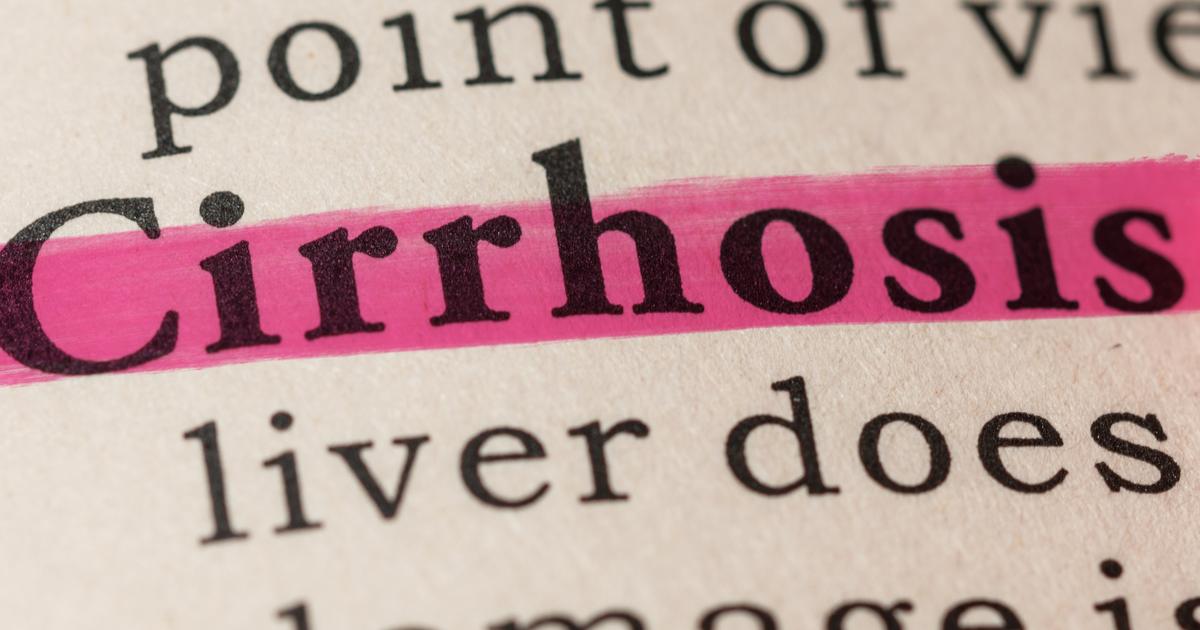Primary Biliary Cirrhosis: Symptoms, Causes, And Treatment
Risk Factors

Primary biliary cirrhosis is most likely to develop in women, individuals between the ages of thirty to sixty years old, and in those with a family history of the disease. Certain genetic factors combined with environmental factors such as infection, smoking, and an accumulation of toxins may also contribute to the development of primary biliary cirrhosis. Some individuals may be carriers of the genes related to the disease, but these genes can remain turned off until they are activated by toxins that accumulate due to factors such as a poor diet, lack of exercise, and stress.
Complications

Primary biliary cirrhosis may develop into a number of other conditions that affect the kiver and other body parts as liver damage progresses, such as cirrhosis of the liver, portal hypertension, an enlarged spleen, gallstones and bile duct stones, liver cancer, enlarged veins, osteoporosis, deficiencies in vitamins A, D, E and K, and decreased mental function to include problems with memory and concentration as well as personality changes. Primary biliary cirrhosis also increases an individual's overall risk of immune and metabolic disorders such as rheumatoid arthritis, thyroid problems, and limited scleroderma syndrome.
